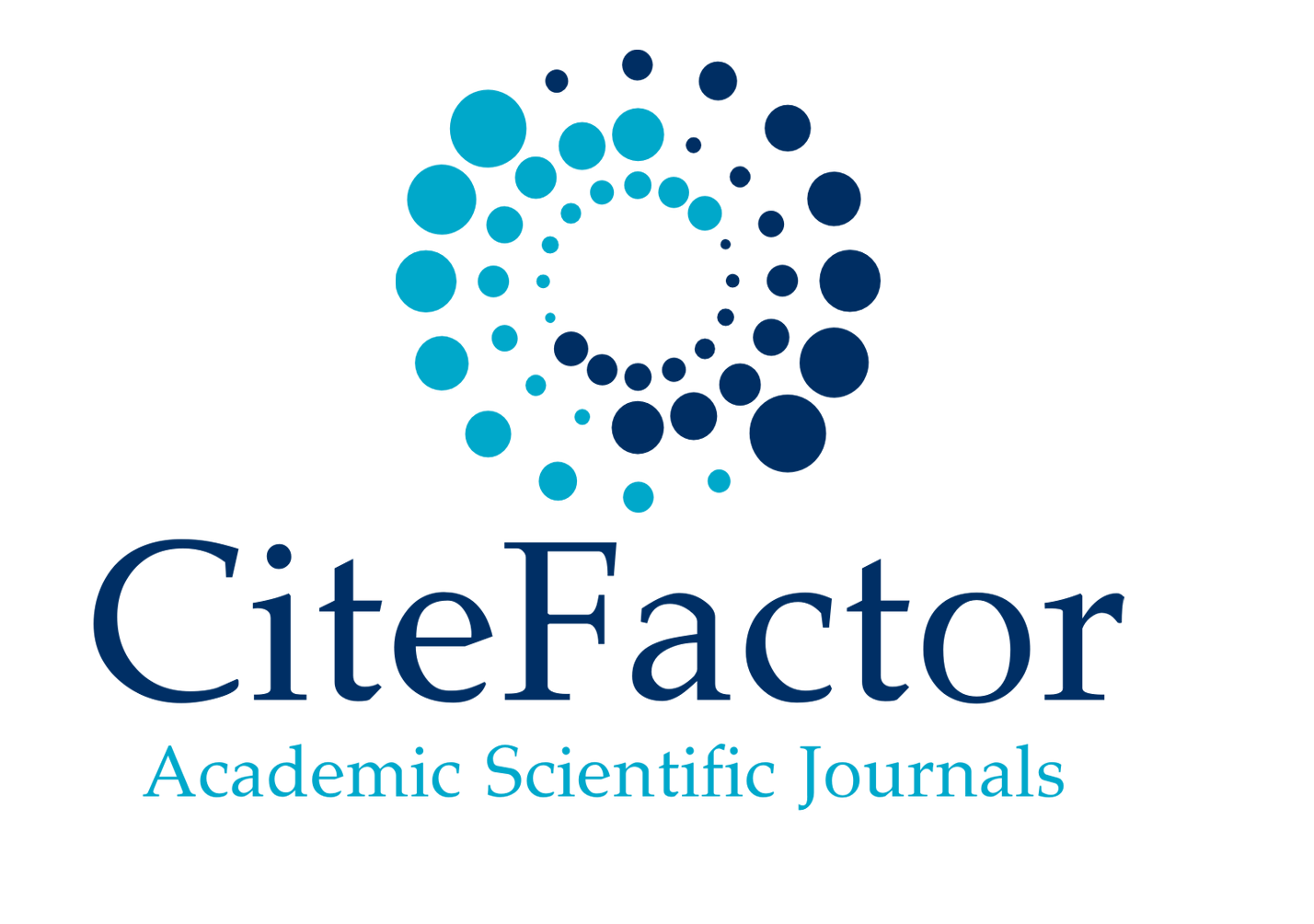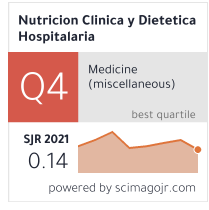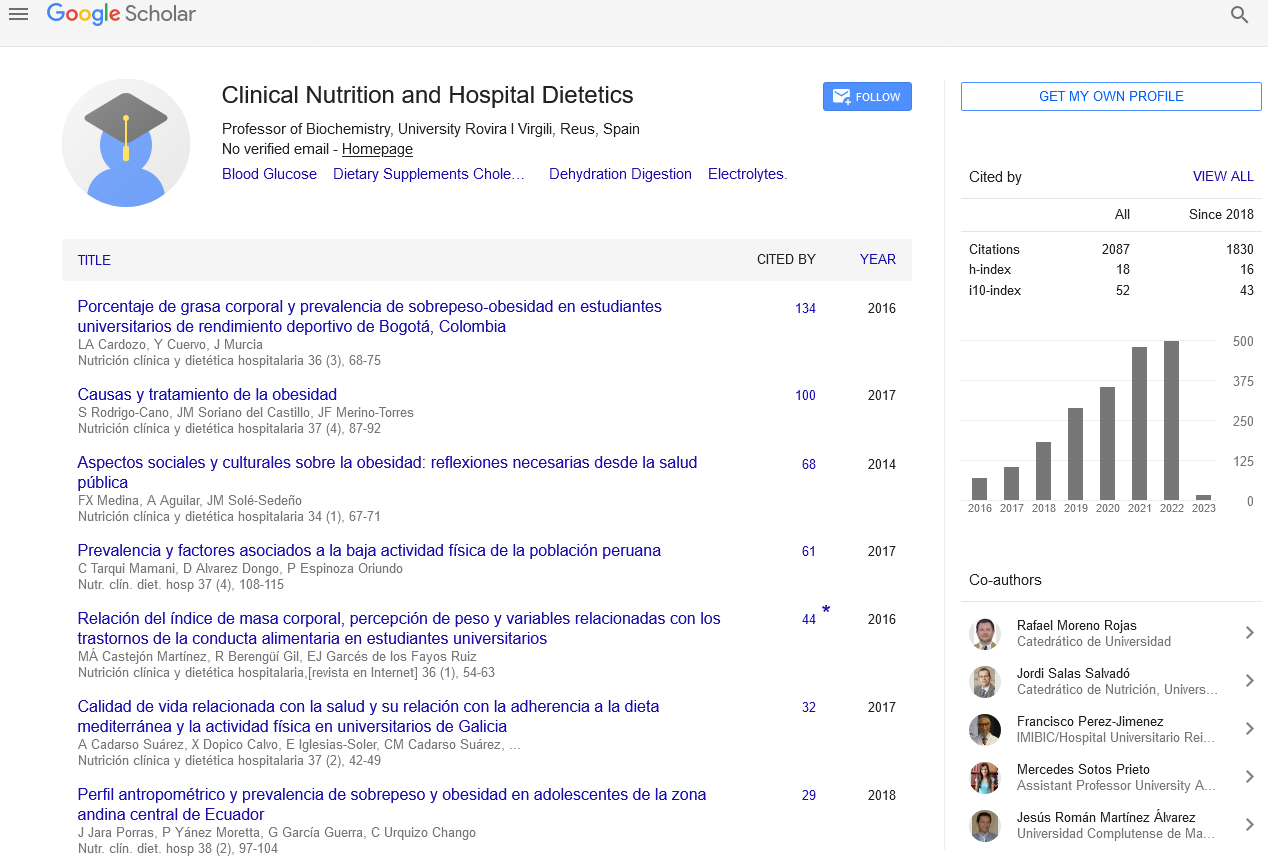Abstract
Adductor Pollicis Muscle Thickness: a sensitive method in the detection of nutritional risk in onco-hematological patients
Author(s): Nogueira Aguiar, Ana PatrÃÂcia1; Soares de Oliveira Araripe, Tamara2; Dantas Cordeiro, Mariana3; Raissa Oliveira Ricarte, Juliana1; De Souza Gomes Cabral, Nayara3; Sucupira Silva, Luciana2; Silva de Castro, Hortência2; Da Silva Mendonça, Priscila1
Introduction: Malnutrition is common in patients with haematological malignancies. The assessment of the nutritional status of hospitalized oncology patients can be performed by calculating body mass index (BMI), measuring the circumference of the arm (CB), tricipital skinfold (DCT) and calculating arm circumference (CMB). The thickness of the Adductor Muscle of the Thumb (EMAP) is a simple, noninvasive and inexpensive tool for assessing body muscle contents, but there are not many studies about the use ofthis nutritional assessment technique in onco-hematological patients.
Objective: To determine the sensitivity of EMAP for nutritional evaluation of onco-hematological patients.
Methodology: This is a cross-sectional, analytical study with 133 onco-hematological patients attended at a University Hospital from Northeastern Brazil. They were submitted to nutritional assessment through the measurement of weight, height, BMI, CB, TDC, CMB and EMAP of the dominant hand.
Results: The average thickness of the adductor muscle of the thumb was 11.9 ± 3.2 mm. For malnutrition, the EMAP sensitivity was 87% for the cut points found with the Receiver Operating Characteristic (12.8mm) curve, and the specificity was 56.3%. There was a significant correlation (p <0.001) of EMAP with CB, CMB and BMI.
Discussion: EMAP presented a high sensitivity in the diagnosis of malnutrition and specificity of 56.3%, thus providing less delinquency in nutritional management, since it better detects patients at nutritional risk than healthy ones.
Conclusion: EMAP has been shown to be a sensitive method for the detection of malnutrition in onco-hematological patients, and it can be used in clinical practice.
Google Scholar citation report
Citations : 2439
Clinical Nutrition and Hospital Dietetics received 2439 citations as per google scholar report
Indexed In
- Google Scholar
- Open J Gate
- Genamics JournalSeek
- Academic Keys
- JournalTOCs
- ResearchBible
- SCOPUS
- Ulrich's Periodicals Directory
- Access to Global Online Research in Agriculture (AGORA)
- Electronic Journals Library
- RefSeek
- Hamdard University
- EBSCO A-Z
- OCLC- WorldCat
- SWB online catalog
- Virtual Library of Biology (vifabio)
- Publons
- MIAR
- Geneva Foundation for Medical Education and Research
- Euro Pub
- Web of Science
Journal Highlights
- Blood Glucose
- Dietary Supplements
- Cholesterol, Dehydration
- Digestion
- Electrolytes
- Clinical Nutrition Studies
- energy balance
- Diet quality
- Clinical Nutrition and Hospital Dietetics




